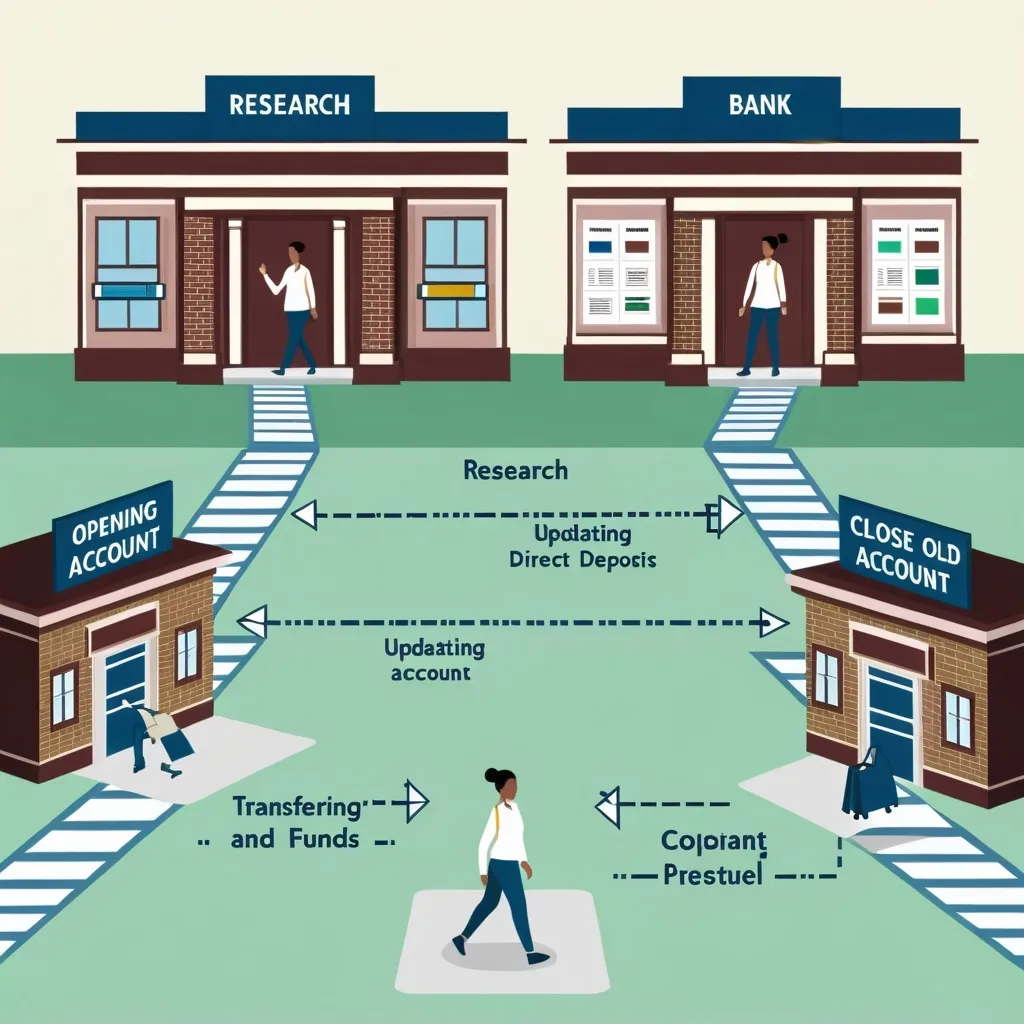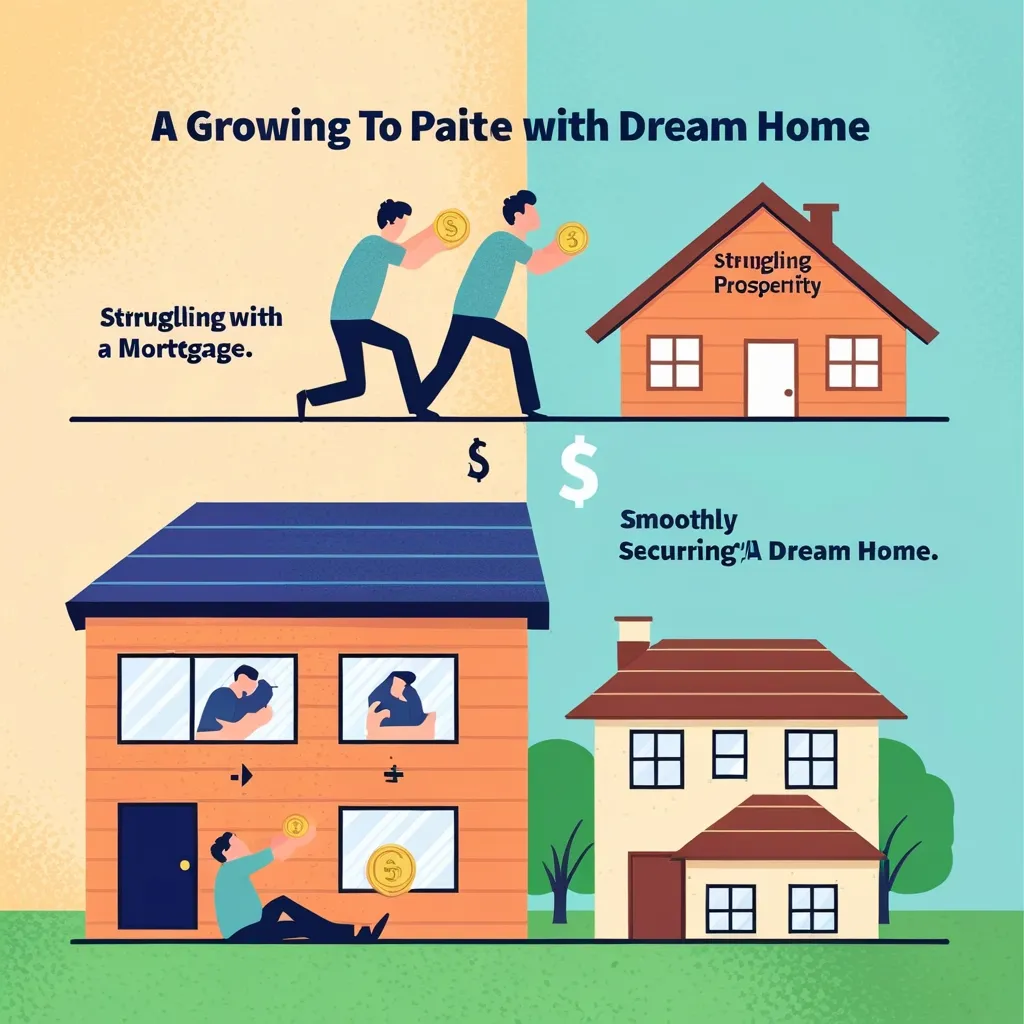Building a self-sustaining passive income portfolio is like tending to a garden that bears fruit year-round. It’s about planting the right seeds, nurturing them consistently, and patiently waiting for the harvest. But unlike a traditional garden, this financial ecosystem can thrive with minimal daily attention once established.
Let’s start with the foundation: diversification. Just as a healthy diet includes a variety of nutrients, a robust passive income portfolio should draw from multiple sources. Imagine a stream fed by numerous tributaries – if one runs dry, the others keep the flow steady. This approach not only mitigates risk but also opens up opportunities for growth in different sectors.
Dividend stocks often form the backbone of many passive income strategies. These are shares in companies that regularly distribute a portion of their profits to shareholders. It’s like owning a slice of a successful business and receiving a cut of the earnings without having to show up for work. But which stocks should you choose? Look for companies with a history of consistent dividend payments and growth. These “dividend aristocrats” have increased their dividends for at least 25 consecutive years, demonstrating reliability even in turbulent economic times.
“The stock market is a device for transferring money from the impatient to the patient,” Warren Buffett once said. This wisdom applies perfectly to dividend investing. It’s not about quick gains but steady, compounding returns over time.
Real Estate Investment Trusts (REITs) offer another avenue for passive income. These are companies that own and operate income-producing real estate. By investing in REITs, you can benefit from real estate returns without the hassle of being a landlord. It’s like having a stake in a vast property empire managed by professionals. REITs are required by law to distribute a large portion of their taxable income to shareholders, making them attractive for income-seekers.
Peer-to-peer lending platforms have emerged as a modern twist on traditional fixed-income investments. These online services connect borrowers with individual lenders, often offering higher returns than conventional savings accounts or bonds. It’s akin to being a mini-bank, earning interest on loans you provide. However, this comes with its own set of risks, so it’s crucial to understand the platform and diversify across multiple loans.
Have you considered turning your knowledge into a passive income stream? Creating an online course or writing an e-book can generate income long after the initial effort. It’s like planting a tree that bears fruit for years to come. The key is to choose a topic you’re passionate about and that fills a need in the market. Remember, your expertise, no matter how niche, could be invaluable to someone else.
Rental properties, while requiring more upfront investment and occasional hands-on management, can provide substantial passive income. It’s like owning a machine that generates cash flow month after month. The beauty of real estate is that it often appreciates over time, potentially offering both regular income and long-term capital gains.
“The best investment on earth is earth,” Louis Glickman, a real estate investor, once quipped. This sentiment captures the enduring value of property as an investment.
Bonds and bond funds offer a more conservative approach to passive income. While the returns may not be as exciting as some other options, they provide stability and predictable income. It’s like having a steady, reliable worker in your financial team – not flashy, but dependable.
Now, how do we weave these diverse threads into a cohesive tapestry? The key lies in balance and automation. Aim to create a portfolio that aligns with your risk tolerance and income goals. A young investor might lean more heavily on growth-oriented dividend stocks and REITs, while someone nearing retirement might prefer a larger allocation to bonds and high-yield dividend stocks.
Automation is the secret sauce that makes this portfolio truly passive. Set up systems to automatically reinvest dividends, collect rental income, and rebalance your portfolio. It’s like having a tireless financial assistant working 24/7 to keep your money growing.
But what about protecting your passive income streams? Building an emergency fund is crucial. It acts as a buffer, allowing you to weather financial storms without having to liquidate your income-producing assets. Think of it as a moat protecting your financial castle.
Regular review and optimization are essential, but don’t confuse this with constant tinkering. Quarterly check-ins should suffice for most portfolios. Use these reviews to ensure your asset allocation still aligns with your goals and to identify any underperforming investments that might need attention.
As your passive income grows, consider reinvesting a portion to accelerate growth. It’s like using the fruit from your trees to plant new ones, gradually expanding your orchard. This approach helps combat inflation and can lead to exponential growth over time.
“Compound interest is the eighth wonder of the world. He who understands it, earns it; he who doesn’t, pays it,” Albert Einstein reportedly said. This principle is at the heart of building a self-sustaining passive income portfolio.
Remember, building a robust passive income portfolio is a journey, not a destination. It requires patience, discipline, and a long-term perspective. There will be ups and downs along the way, but stay the course. Each dividend payment, rental check, or royalty is a step towards financial freedom.
What’s your first step in building your passive income portfolio? Will you start with dividend stocks, or does real estate appeal more to your investment style? The path you choose should reflect your personal financial goals, risk tolerance, and interests.
In the end, a well-constructed passive income portfolio does more than just provide financial returns. It buys you time – the most precious commodity of all. It’s about creating a life where money works for you, instead of you working for money. Isn’t that the ultimate form of financial freedom?
As you embark on this journey, keep in mind that the most successful passive income strategies often align with your passions and strengths. What unique skills or knowledge do you possess that could generate passive income? The intersection of your expertise and market demand could be where your most profitable passive income stream lies.
Building a self-sustaining passive income portfolio is not just about making money while you sleep. It’s about crafting a financial legacy that can provide for you and potentially for generations to come. It’s a powerful tool for creating long-term wealth and security. So, are you ready to start building your passive income empire?






